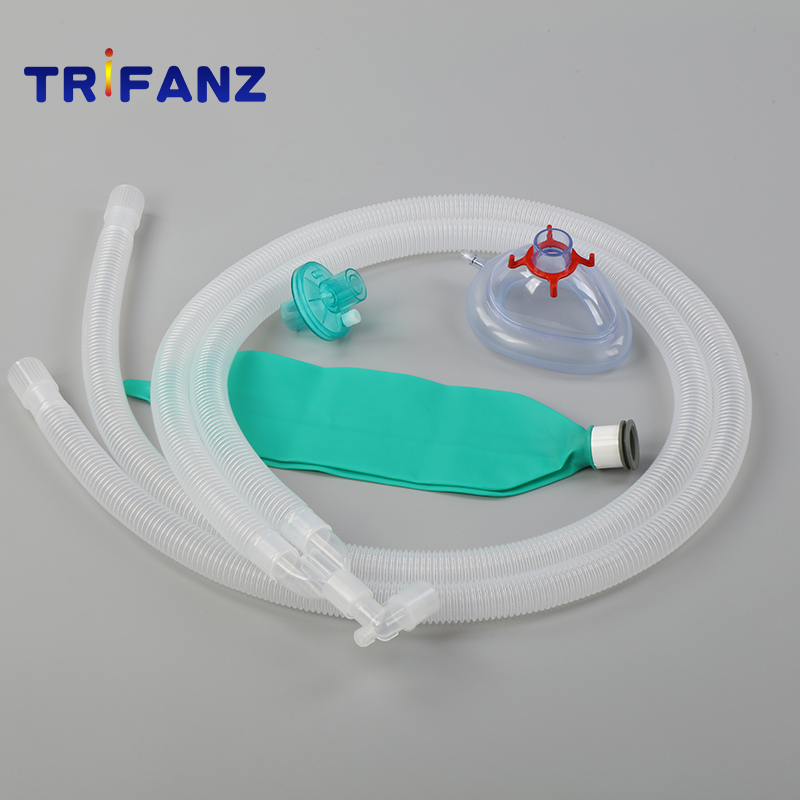How do foliar fertilizers work well? Is the foliar spray effect good?
When I went to the countryside to investigate, I found that many farmers had misunderstandings about foliar spray fertilizer and caused waste. Some farmers have reduced the application of organic fertilizers and fertilizers after applying foliar fertilizers, which has affected crop yields. In general, foliar fertilizer can only play a role on the basis of sufficient nitrogen, phosphorus and potassium fertilizers. It is a comprehensive effect and can only play the role of “icing on the cakeâ€.
Some farmers like to use several kinds of foliar fertilizers together, thinking that the more complete the variety, the better, but it is not. For example, a highly volatile fertilizer (ammonia, ammonium bicarbonate, etc.), which is exposed to high temperatures after foliar application, can cause damage to the crop and burn the leaves. In addition, many micro-fertilizers and pesticides, acid fertilizers and alkaline fertilizers can not be mixed, otherwise it will be counterproductive.
Some farmers think that the greater the concentration of the foliar spray fertilizer solution, the better. This is not true. Such as urea, potassium dihydrogen phosphate solution concentration should only be less than 1%, more medium and trace element fertilizers such as calcium chloride, borax, zinc sulfate, ferrous sulfate, copper sulfate, etc. should only be under 0.2% . In the case of excessive concentration, it will not be able to produce fertilizer, but will cause dehydration and wilting of crop leaves, resulting in fertilizer damage. Generally, the spray is applied to the front and back sides of the blade to spread the fertilizer liquid to start dripping.
Foliar spray fertilizer is best carried out during the growth transition period of the crop. The spraying time is at least 20 days apart, and the crop is sprayed 2 to 3 times per season. Different plants and different fertilizers are sprayed on the surface of the leaves, and there are certain differences in the appropriate period. Rice, corn, wheat and other cereal crops should be sprayed at the booting, flowering and filling stages;
Soybeans, peanuts, broad beans, kidney beans and other legumes should be sprayed during flowering and pod-forming; cotton should be sprayed during flowering and boll; molybdenum should be sprayed before planting, and boron and zinc should be used at the beginning of planting. The flowering effect is best. From the time of spraying fertilizer, it should be in the windless cloudy day or sunny morning, after the dew on the leaf surface, avoid the hot days of the hot sun, and the effect of spraying early and late is good.
This article URL: How to use foliar fertilizer effect? ​​Is the foliar spray effect good?
The Corrugated Circuit is non-rigid tube used to convey gases or vapors between components of a breathing system. It`s mainly made of EVA material, extremely flexible, kinking resistant, very high quality. It can be assembled with water trap, anaesthesia mask, Breathing Bag, BV filter, HMEF and so on, to fit with various needs. Thus, there are different models according to the assembled accessories and tube length.

1 set of circuit include:4 tubes,2 straight connectors,1 Y-connector,1 elbow connector with luer cap,2 watertraps
size:Adult(ID 22mm),Pediatric(ID 15mm),Neonate(ID 10mm)
Made of medical grade silicone/ PVCCircuit for breathing machine and anesthesia machine
Regular connector size (15mm, 22mm)
Any length for tube is available
Optional spare parts:Anesthesia mask,Breathing bag,BVF/HME filter,catheter mount,extra limb,sampling line,suction tube,airway cannula,Endotracheal tube, double lumen endobrochial tube, Laryngeal Mask Airway, mask, etc.
Corrugated Breathing Circuit,Corrugated Ventilator Circuit,Disposable Ventilator Circuit,Corrugated Anesthesia Circuit
Hangzhou Trifanz Medical Device Co., Ltd , https://www.cfzmed.com